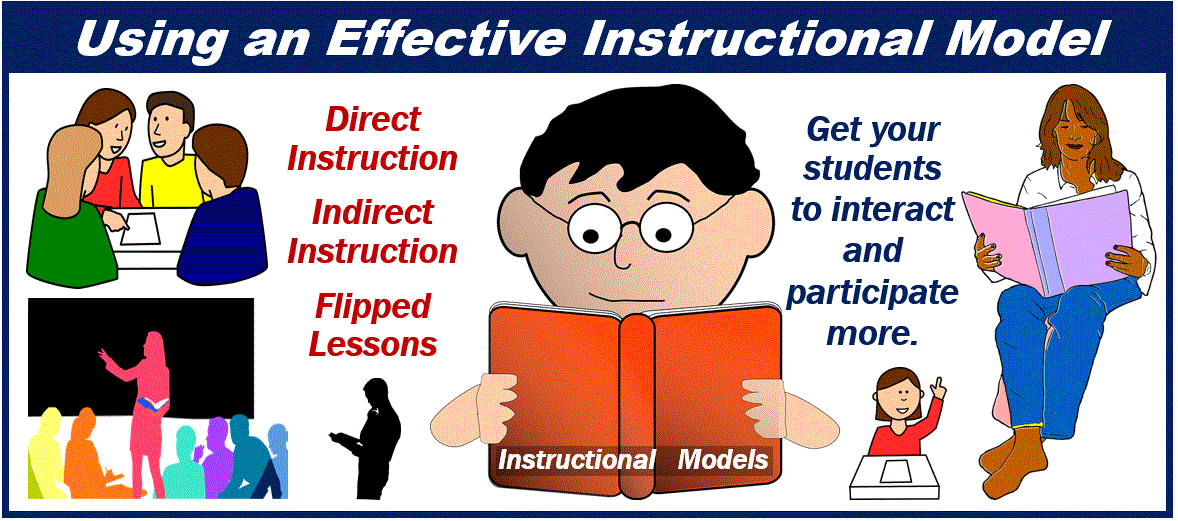Using an effective instructional model is likely a top goal for any teacher. If you’re in this position and need to choose the best one for your students, it can help to examine the advantages and disadvantages of each model. Focusing on your content and considering your students’ needs should help you make the right choice.

Direct Instruction
Direct instruction is one of the most common instructional models used. Taking a teacher-centered approach allows you to monitor each student’s progress towards learning specific goals. Providing continuous feedback helps measure growth. However, using this method may make it challenging to keep some students focused on the material being taught.
Changing the form of presentation can help make each topic more interesting. Using lectures, demonstrations or experiments and video are some of the best methods used to help students retain information.
If these changes aren’t offered and lectures are the only form of teaching, it can lead to ineffectiveness, making this one of the worst instructional models to use.
Indirect Instruction
If you’re having difficulty promoting critical thinking skills, you may want to use an indirect instructional model that’s student-centered. Having the students construct their knowledge should help promote a greater understanding of the material being taught.
Examples of this instructional model include inquiry-based learning that begins by using a question. This is followed by participating in activities to discover the solution. Using case studies is one way to do this. Evaluating the choices and identifying problems should help increase their deductive and inductive reasoning skills.
Indirect instruction can be one of the best instructional models when students are able to split up into small groups. This can allow you to provide more focus on groups who may need extra help.
Flipped Lessons
Using flipped learning switches the role of students and teachers. Students learn the material outside of class by watching an informative video. Doing so prepares them for a class debate or performance where the whole group participates in the activity. A recent Adobe Education Exchange article said, “students can experience learning outside of class. Flipped learning can be a daily, weekly, or routine part of an in-person, online, or distance/remote learning classroom.”
Using this instructional model is one of the best methods. It gives you the ability to provide real-time feedback, which can help reinforce the material. One of the disadvantages of choosing this model is its dependency on computers. If your students don’t have access to the necessary devices used to watch videos at home, it can be challenging to utilize this model.
The Main Takeaway
One of the main takeaways that can be learned from examining these three instructional models is the benefits students can receive when they are allowed to participate and interact more in the classroom. Offering an interactive environment and teaching with an instructional model where you can clarify a lesson should help create better retention with each student.
Choosing the instructional model that works best in your classroom should be easier to determine after evaluating their benefits and disadvantages and applying them to your unique situation.
Interesting related article: “Reflections on Education During the Coronavirus Pandemic.”

